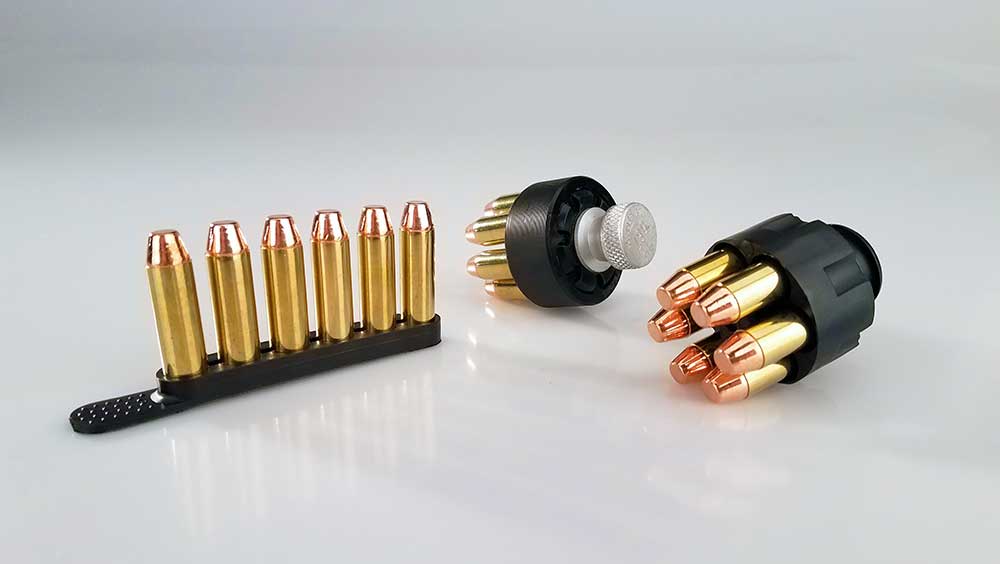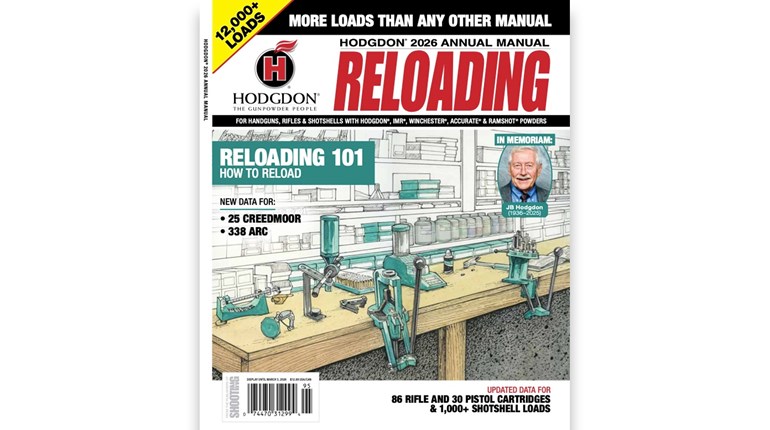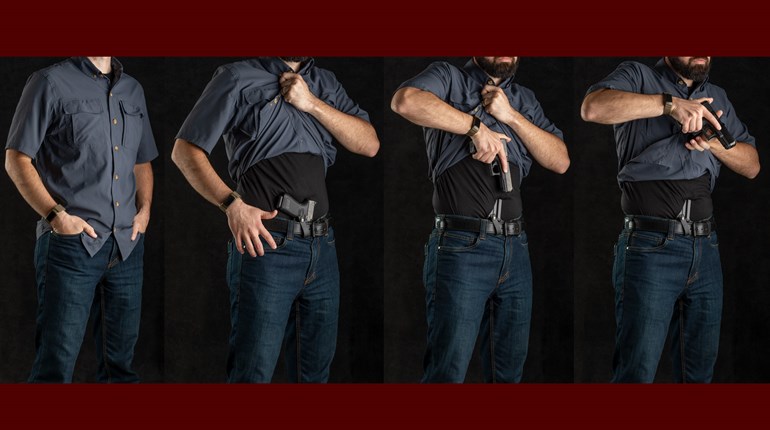
The tactical reload is an approach to defensive shooting that’s been debated, studied and instructed for decades, and the idea of using a speed loader or a speed strip is not new. With the development of the first firearms for use in battle or defensive situations, there is no doubt that the shooters were attempting to figure out how to make a reload faster.
During the Civil War, tactical reloading was imperative, though muzzle loading firearms were cumbersome to reload with any speed. Obviously, multiple shots in quick succession could mean the difference between life and death. Of course, before the advent of metallic cartridges, there was no such thing as a speed loader or a speed strip. Carrying extra cylinders for a black powder revolver such as the Colt Navy or Army made reloading quicker by just removing the spent cylinder and replacing it with a fully loaded one.
Various methods of quickly reloading the automatic pistol have been tried and perfected. Some of them are very effective and some not. Rest assured, since the inception of the first auto loader, quick magazine handling has been practiced. When it comes to concealed-carry revolvers, the same applies.
Of course, tactically reloading a single-action revolver isn’t the easiest proposition, but a double-action concealed-carry revolver is a different story. The speed loaders have been around a long time, and were originally used with break-top revolvers. The concept was basically the same as modern-day speed loaders. Similar contraptions were invented in Great Britain for use in the break-top Webley revolvers.
Early speed loaders were made of steel, but later progressed to rubber, then plastic. Modern-day speed loaders haven’t changed a great deal over the years. Durability and ease of use have improved significantly. There are several variations of speed loaders available to revolver shooters these days, all well-made and pretty easy to operate.
The classic speed-loader design is basically a round disk securely holding six cartridges, with either a knob on the back side or a spring that the entire disk can be twisted to release the cartridges into the cylinder. When the empties are ejected from the cylinder, the fresh rounds are simply dropped into the cylinder, then released from the speed loader into the cylinder—a very fast method of reloading. One of the downsides to this type of loader is it’s more efficient when all six—of five in the case of a five-shot revolver—are fired. Of course, if less than the full six are fired, the cylinder can be emptied, but live rounds will be lost.
An alternative to the standard speed loader is the speed strip. This is basically a rubber strip that secures live rounds by their rims. If the revolver is not emptied, the shooter can open the cylinder, remove the spent rounds and quickly replace them using the strip. In other words, if two rounds are fired from the revolver, the cylinder is opened and, by slightly pressing the ejector rod, the two empties can be extracted. Using the speed strip, the empty cases can quickly be replaced.
There are advantages and disadvantages to carrying either one of these devices. As mentioned, if a concealed-carry revolver isn’t fully emptied, the revolver must be emptied entirely if the shooter wants a full charge in the cylinder. This means the discharge of live rounds, generally on the ground. If ammunition is short, this could pose a problem.
The speed strip is really only useful if the revolver is not fully empty. In this case, though, its much more efficient than the standard speed loader, as live rounds aren’t lost. Also, a speed strip is much more concealable than the standard loader, as it’s flat and not too bulky.
Regardless of whether shooters wish to use the standard loader or the speed strip, it’s imperative that they learn how to use it proficiently. Both methods require quite a bit of acuity. With the standard loader, it can often be tricky to get the tips of the bullets into the cylinder chambers, particularly if using a flat-nosed bullet. Forget using a wadcutter. The speed strip requires the shooter to open the cylinder and carefully extract the empties, then replace them using the strip. All of this takes practice.
There are several manufactures making quality speed loaders and speed strips. HKS and Safariland make great speedloaders—I have used both extensively. Safariland and Bianchi are good sources of speed strips.




































